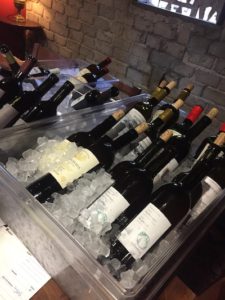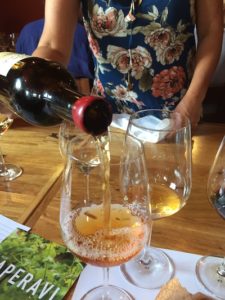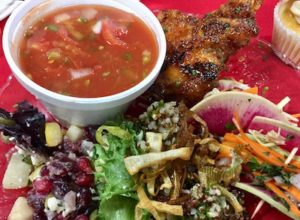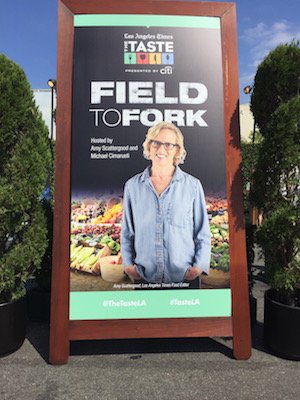(Gerry Furth-Sides) Original owner Ray Vega’s beautiful daughter, Christina “Christy” Vega is one of LA’s most visible restaurant owners. She can be seen on Food Network’s “Guy’s Grocery Games,” NBC’s “TODAY” Show, CBS’s “This Morning,” ABC’s “The View,” and more) is at the helm of the time-honored restaurant.
Casa Vega is a family-owned Mexican restaurant that has been a Los Angeles landmark for 61 years and an iconic stomping ground “back in the day” for Old Hollywood’s biggest stars, from Marlon Brando, Cary Grant, and Jane Fonda. There are waiters still at Casa Vega who can provide the stories — what each celebrity liked to eat.
Opened in 1956 by Rafael “Ray” Vega, Casa Vega prides itself on serving authentic Southern California Mexican food and drinks in a warm, festive atmosphere
The sprawling complex I comprised of a series of oddly shaped, appealing rooms (with a parking lot in back!) The colored neon sign is a beacon of hospitality on the expansive corner.
Casa Vega features an extensive and time-tested menu, ranging from delectable dishes such as traditional chicken mole, burritos, enchiladas, and tostadas, to tasty house-made margaritas and mojitos.
Must-try include Chopped Guacamole with fresh Avocado, Pico de Gallo, Jalapeño, Fresh Lime Juice, Flour Tortilla chips ($12.95)
 We also recommend the Carnitas De Puerco ($17.95), Seasoned Pork Butt, Salsa Verde-Pico de Gallo on (just enough) shredded lettuce.
We also recommend the Carnitas De Puerco ($17.95), Seasoned Pork Butt, Salsa Verde-Pico de Gallo on (just enough) shredded lettuce.
The new Casa Vega Molcajete dish served in the most ancient of concrete bowl cooking utensils is Sliced Flank Steak, Chicken Breast, Tiger Shrimp, Grilled Chile Relleno, Green Onion, BBQ Enchilada Sauce, Guacamole, Sour Cream and Tortillas ($21.95)
For more information, please visit www.casavega.com or find Casa Vega on Facebook and Instagram.





















 Georgians favor a variety of whites from their indigenous grapes. Parsons was surprised that some winemakers process white wines like red wines, macerating them on their skins, with or without stems, and for various amount of time. This is also what prompts the tannins in the white wines, admittedly, he concluded, “some more successful than others in taste.” Unfiltered, their sort of foggy look can be offputting.
Georgians favor a variety of whites from their indigenous grapes. Parsons was surprised that some winemakers process white wines like red wines, macerating them on their skins, with or without stems, and for various amount of time. This is also what prompts the tannins in the white wines, admittedly, he concluded, “some more successful than others in taste.” Unfiltered, their sort of foggy look can be offputting.













































































 Gerry Furth-Sides
Gerry Furth-Sides  Barbara Hansen
Barbara Hansen  Chef-owner Alain Cohen
Chef-owner Alain Cohen  Roberta Deen
Roberta Deen  Jose Martinez
Jose Martinez  Nivedita Basu
Nivedita Basu